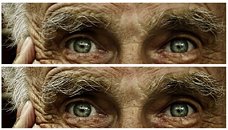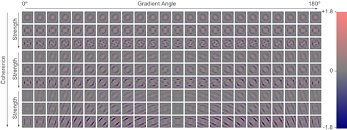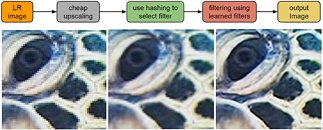ARM Reveals Its Plan for World Domination: Announces DynamIQ Technology
ARM processors have been making forays into hitherto shallow markets, with it's technology and processor architectures winning an ever increasing amount of design wins. Most recently, Microsoft itself announced a platform meant to use ARM processors in a server environment. Now, ARM has put forward its plans towards achieving a grand total of 100 billion chips shipped in the 2017-2021 time frame.
To put that goal in perspective, ARM is looking to ship as many ARM-powered processors in this 2017-2021 time frame as it did between 1991 and 2017. This is no easy task - at least if ARM were to stay in its known markets, where it has already achieved almost total saturation. The plan: to widen the appeal of its processor design, with big bets in the AI, Automotive, XR (which encompasses the Virtual Reality, Augmented Reality, and Mixed Reality markets), leveraged by what ARM does best: hyper-efficient processors.
To put that goal in perspective, ARM is looking to ship as many ARM-powered processors in this 2017-2021 time frame as it did between 1991 and 2017. This is no easy task - at least if ARM were to stay in its known markets, where it has already achieved almost total saturation. The plan: to widen the appeal of its processor design, with big bets in the AI, Automotive, XR (which encompasses the Virtual Reality, Augmented Reality, and Mixed Reality markets), leveraged by what ARM does best: hyper-efficient processors.





